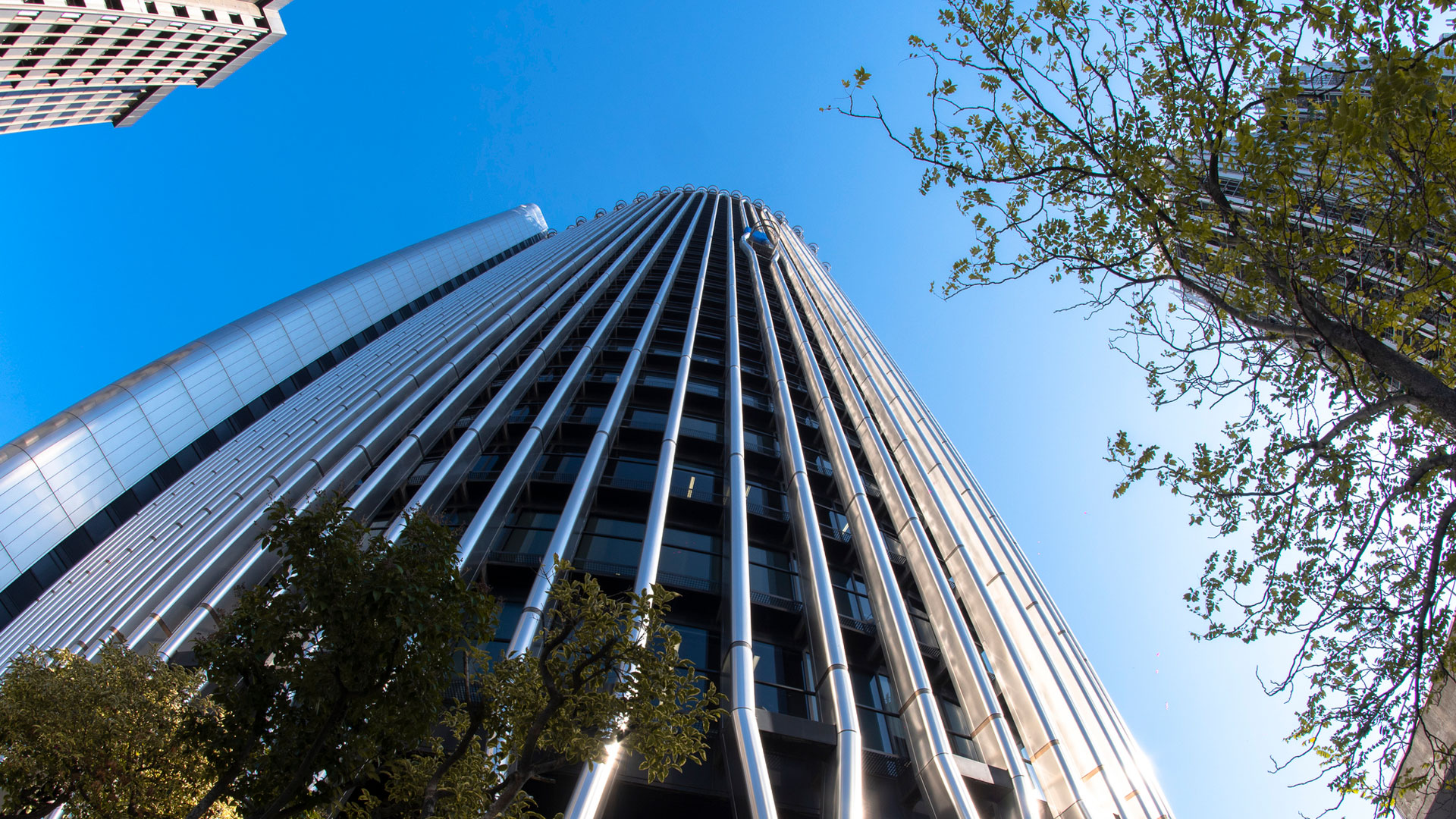09.04.2020 | Test your energy knowledge (2)
Electricity from hydropower
As Switzerland's largest producer of renewable energies, Axpo knows a lot about hydropower. Together with our partners in Switzerland, we operate over 60 hydropower plants (run-of-river, storage and pumped storage plants) and thus produce renewable, climate-friendly and reliable electricity. What about you? How much basic knowledge and expertise do you have in the field of hydropower? Try our quiz.
1. Which renewable energy sources are used to produce the most electricity in Switzerland?
A) Wind
B) Water
C) Sun
B) Water
Thanks to the large water reserves in the Alps and considerable amounts of precipitation, hydropower is the most used form of energy production in Switzerland. The share of hydropower in Switzerland's energy production is correspondingly high. It accounts for almost 60 percent.
2. Which hydropower plants are often referred to as batteries?
A) Hydropower plants
B) Tidal power plants
C) Pumped storage plants
C) Pumped storage plants
Energy can be stored in a pumped storage plant (like in a battery). In times of excess electricity, the plant can be used to pump water from a water reservoir into a higher storage lake. If suddenly a lot of electricity is needed, the pumped-up water can be drained off again for electricity production and can be turbined.
3. The performance of the Linth-Limmern pumped storage plant is comparable to…
A) Gösgen nuclear power plant
B) Beznau nuclear power plant
C) Leibstadt nuclear power plant
C) Leibstadt nuclear power plant
The Linth-Limmern power plant has capacity of 1520 MW. This corresponds roughly to the capacity of Leibstadt nuclear power plant. This is the most powerful nuclear power plant in Switzerland with 1275 MW. The two reactors of the Beznau nuclear power plant each have a capacity of 380 MW, Gösgen one of 1060 MW. Here is more information about the Limmern pumped storage plant.
4. What makes electricity from hydropower disproportionately expensive in Switzerland?
A) The high water rate
B) High operating costs
C) The massive CO2 tax
A) The high water rate
Driven by the water interest rate, the charges that the operator of a hydroelectric power plant has to pay to the canton and the communities for the use of water are up to nine times higher in Switzerland than abroad. Production costs are thus massively increased.
5. How many hydropower plants supply electricity in Switzerland?
A) Around 250
B) Around 750
C) Around 1350
C) Around 1350
In Switzerland, 1365 hydroelectric power plants produce an average of about 37 TWh of electricity per year. Of this, about 48.5 % is generated in run-of-river power plants, 47.2 % in storage power plants and about 4.3 % in pumped storage power plants.
6. Switzerland is home to the highest gravity dam in Europe. Which one is that?
A) Muttsee
B) Panix
C) Grande Dixence
A) Muttsee
The dam at the Muttsee of the Linth-Limmern power plant at 2474 meters is the highest gravity dam in Europe. And with a length of 1050 metres it is also the longest dam in Switzerland.
7. What is the largest reservoir in Switzerland (largest = water content)?
A) Mattmarksee
B) Lac de la Gruyère
C) Lac des Dix
C) Lac des Dix
The Lac des Dix in Valais, dammed by the Grande Dixence dam, has an area of 3.65 square kilometres and a maximum storage capacity of 401 million cubic metres of water. The Mattmarksee has an area of 1.76 square kilometres and 101 million cubic metres - in the Fribourg Gruyère region the lake covers an area of 9.28 square kilometres. But it only holds 220 million m3 of water.
8. Hydropower is "black startable". When is that of decisive importance?
A) At minus temperatures
B) At night
C) In case of a blackout
C) Blackout
In the event of a large-scale power failure, hydropower plants play a decisive role: the grid is recommissioned by feeding in electricity from hydropower plants. These need very little energy to be able to produce electricity again and are therefore considered to be "black starters".
9. A lot of hydropower is produced in Switzerland. Where the most?
A) Canton of Berne
B) Canton of Grisons
C) Canton of Valais
C) Valais
According to a survey by the Swiss Water Industry Association (2018), the average production of electricity from hydropower is highest in the canton of Valais, at 9725 GWh per year. Graubünden produces 7937 GWh, Ticino 3547 GWh and Bern 3332 GWh per year.
10. The advantages of hydropower are numerous. But which statement is not correct?
A) It supplies almost CO2-free electricity
B) It has great potential for expansion
C) It supplies belt flow
B) Great potential for expansion
Hydropower supplies electricity around the clock, reliably and in a climate-friendly manner. However, it is already used very intensively in Switzerland and accounts for almost 60 percent of the country's electricity production. The potential for increasing hydropower is correspondingly low – the Federal Council expects annual production to increase by only 2.3 TWh today to 38.6 TWh by 2050. Read here to find out why even this small expansion target is in jeopardy.
Your result
8-10 correct answers
Yeah: You're an expert on water power. If you want to continue your education look here and find more information about hydropower and renewable energies
4-7 correct answers
Not bad: Basic knowledge about energy production and hydropower is available. But there is still room for improvement. Here you can find more information about hydropower and renewable energies
1-3 correct answers
Poah: Water is for washing – that’s what you know for sure. But the rest? Well….here you can find information about renewable energies and hydropower





